Classic Indian Food: Live Long and Deliciously
(Gerry Furth-Sides) Indian food is delicious with its dazzling array of dishes and regional cuisines and it is one of the healthiest in the world. The cuisine is famous and popular for being deliciously satisfying, balanced, textured and colorful. The rich array of ingredients contains a variety of healthy whole grains, legumes, fruits, and vegetables.
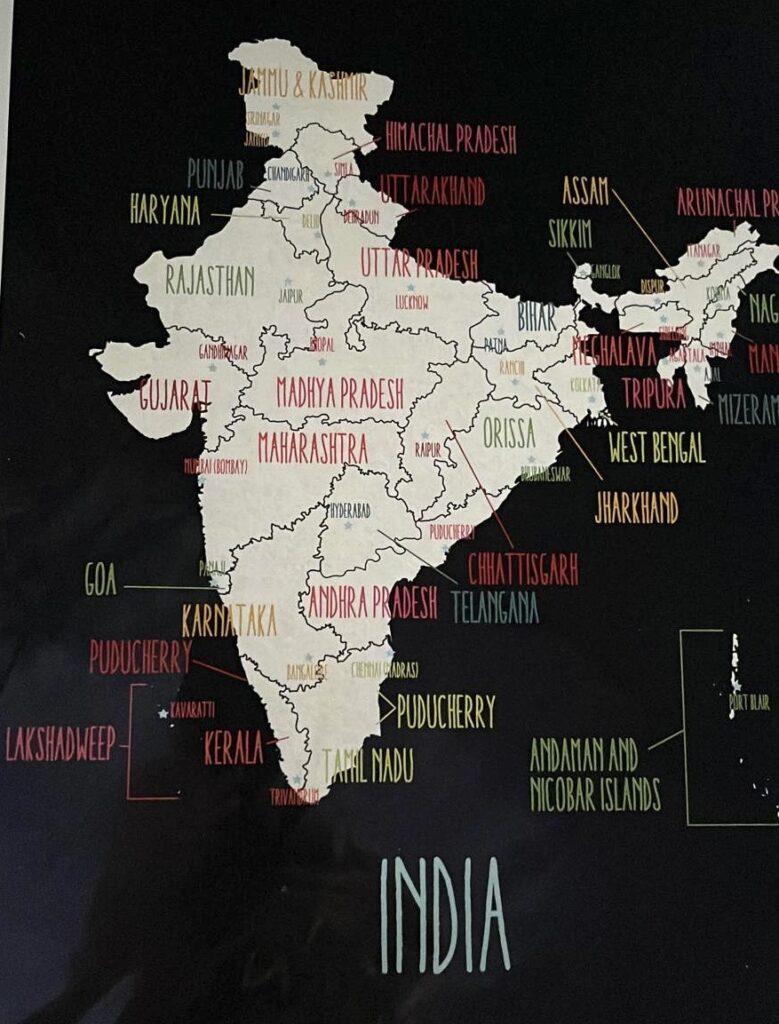
Indian cuisine may be centuries old but still “cutting edge” healthy: Protein-rich and low in fat with an inventive use of nutritional spices, lentils and rice. There is also an abundance of low-starch vegetables, legumes and fruit that make it ideal for vegetarians and even vegans.
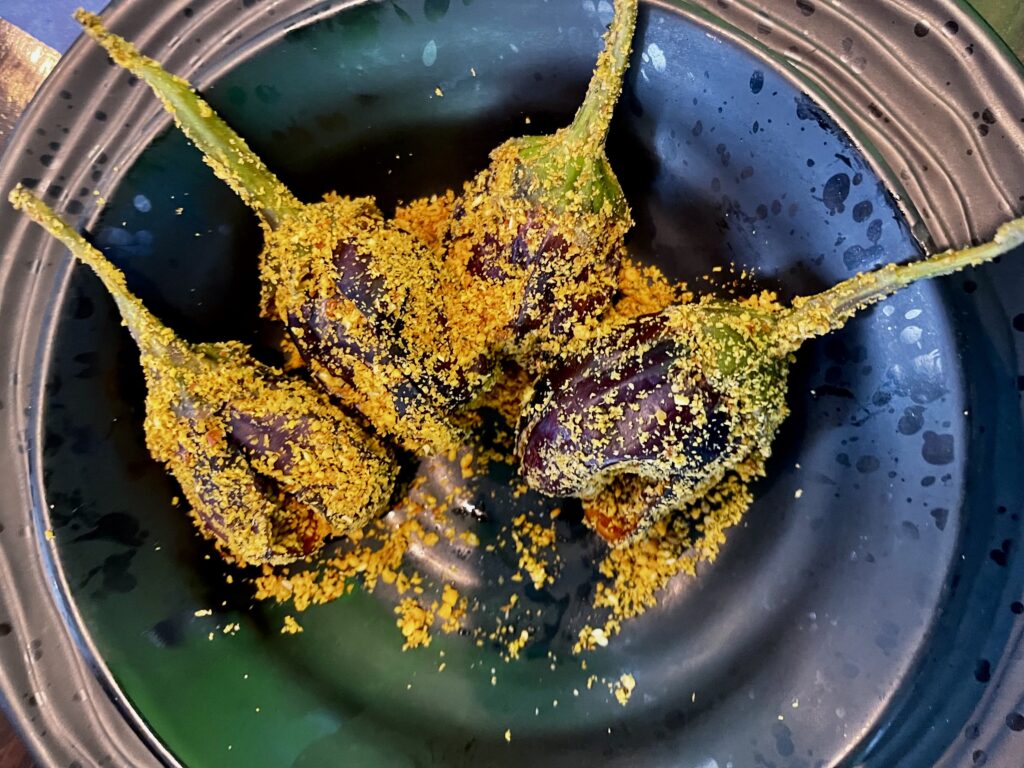
And, of course, there are plenty of lean protein dishes that include a multitude of chicken dishes, goat and fish. Fish is a specialty of the south, especially along the coast.

So are dishes made with coconut curry leaves, rice and the ever-present, beloved pulses (chickpeas, lentils, dry peas and bean). And the fun, fun street food and snacks with their textured crunchy snap!
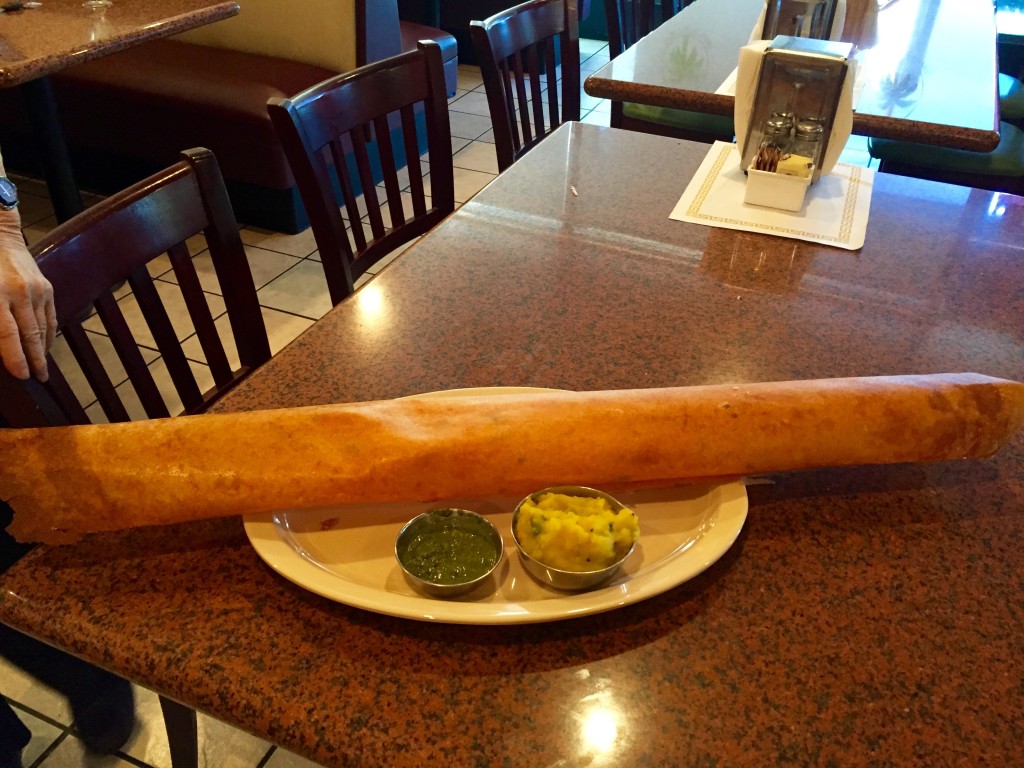

Good Indian food takes hours to prepare to develop flavors. It took centuries for the dishes to evolve. History was the catalyst for healthy, spicy Indian food. One has royal origins and started in the north with the fusion of Indian cuisine and the Persian food that the Mughal rulers brought with them. It traveled to the south when Hyderabad was the capitol of the country.
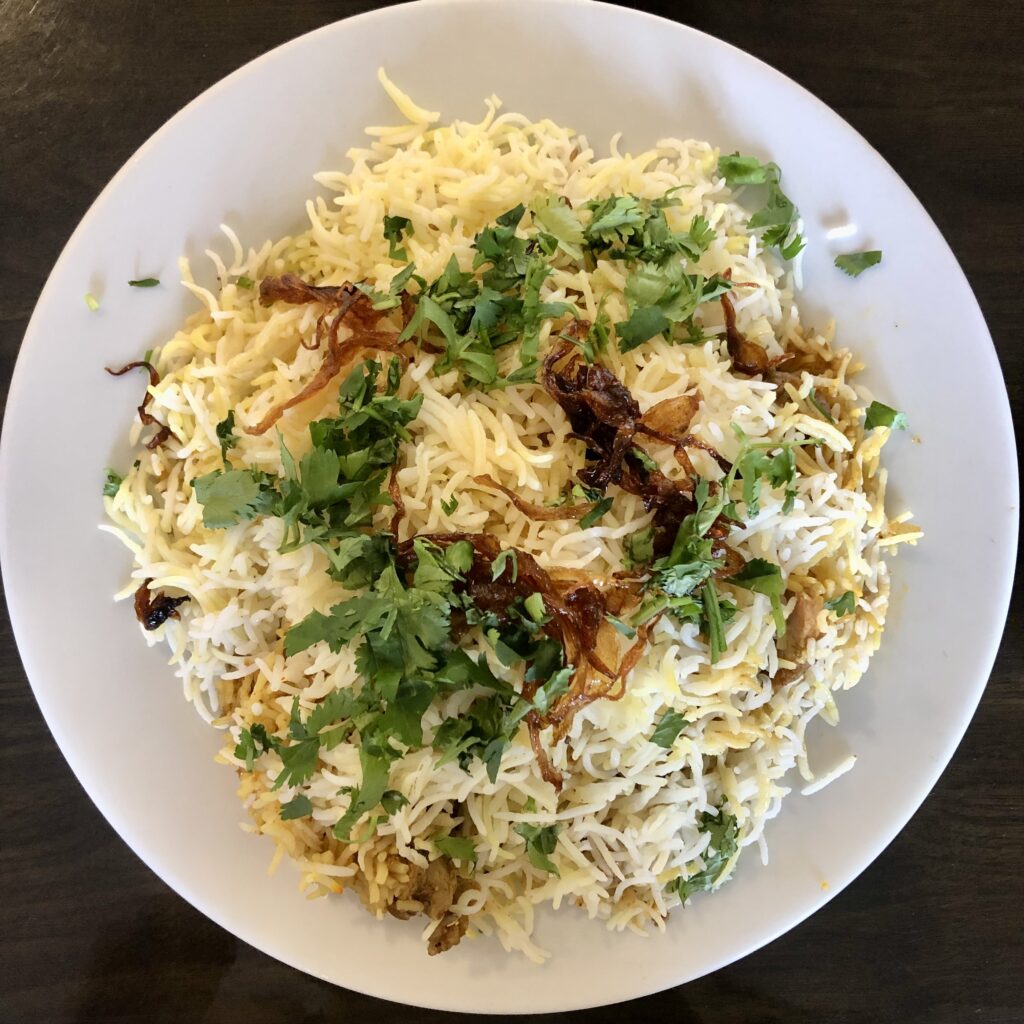
Other dishes such as lassis, were quite the opposite and rose up from more humble origins. In fact, the popular lassis originated on a dairy farm!
Lentils and legumes, such as chickpeas, black lentils, and mung beans, are staple ingredients in many Indian recipes, such as dal (lentil stew) and chana masala). These are excellent sources of plant-based protein, fiber, vitamins, and minerals. Their ingredients can also reduce the potential risk of chronic diseases like heart disease, diabetes, and even cancer.
Spices are also key to delicious Indian cuisine. Each family has their own special mixture, just as each Tunisian family has their own harissa spice secrets. Spices add flavor plus nutritional benefits. The most important include Ginger is known for its anti-inflammatory properties and has been shown to help with nausea/upset stomach, reduce anxiety, build immunity, and decrease cholesterol.
Turmeric, the darling of the western world’s health writers the past few years, fresh root or in a dry powder form, contains anti-inflammatory and antioxidant properties that can help with muscle pain, heart health, and some types of cancer. Cumin seeds also have antioxidant properties which can possibly help prevent some types of heart disease and high blood pressure.
Hing, or Asafetida, with its pungent smell and taste is so strong it is used in religious ceremonies to ward off evil spirits. Beloved to Indian cuisine for over 3000 years, it is also popular in middle eastern countries. Yet it remains an acquired taste for those outside of it. Maybe that’s why a single pinch is enough add depth to a dish. A type of gum taken from a giant fennel, this resin of a celery family plant is usually sold as asafetida powder. It is believed to aid digestion, reduce bloating, and have anti-inflammatory properties.
Healthy Eating spicier foods have also been proven to cool you down far more effectively than the testing cold treats. And this is because they draw sweat.

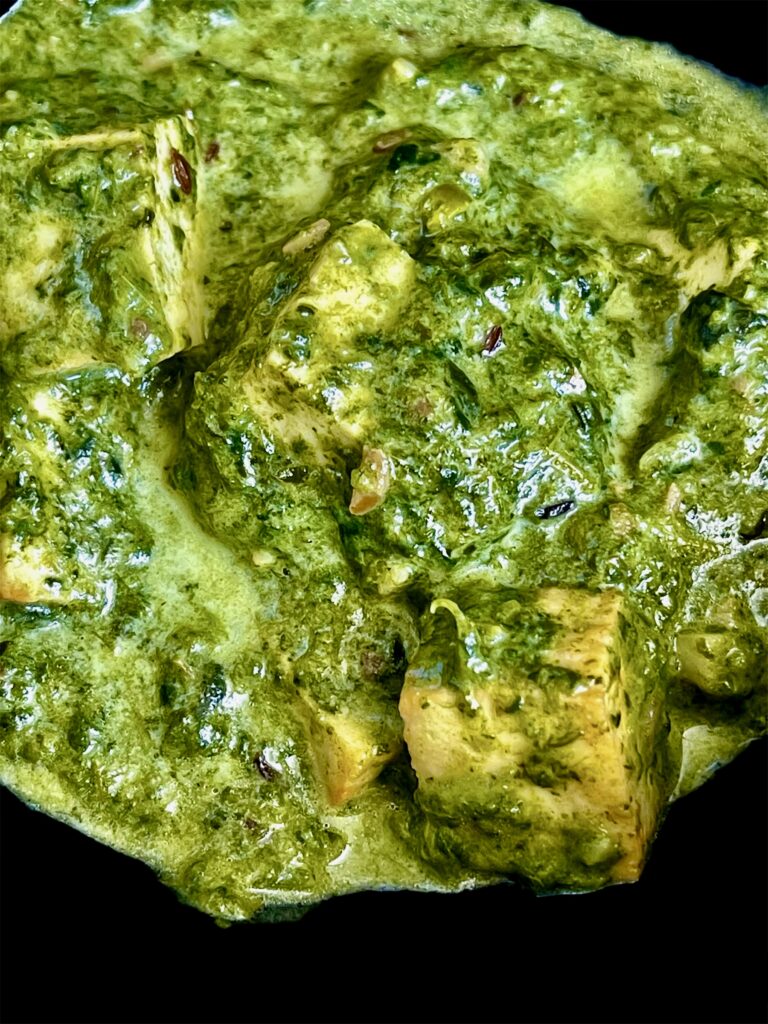
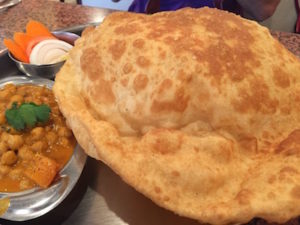

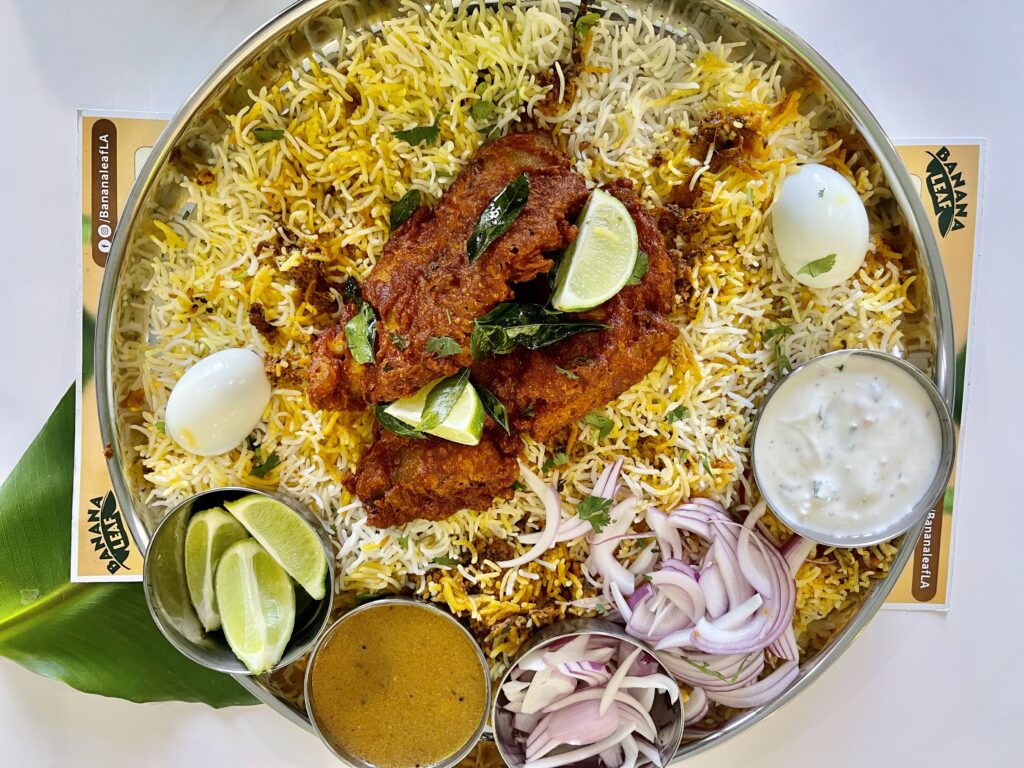
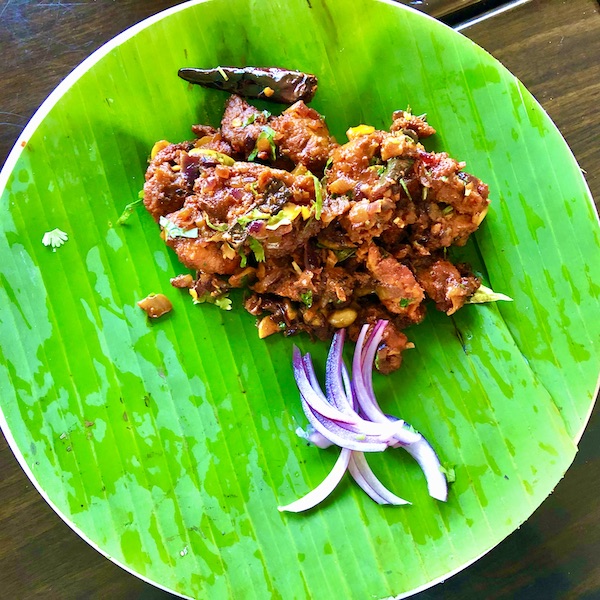
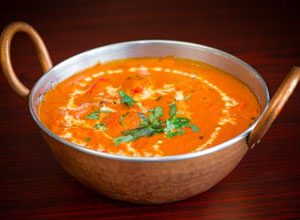
 Gerry Furth-Sides
Gerry Furth-Sides  Barbara Hansen
Barbara Hansen  Chef-owner Alain Cohen
Chef-owner Alain Cohen  Roberta Deen
Roberta Deen  Jose Martinez
Jose Martinez  Nivedita Basu
Nivedita Basu